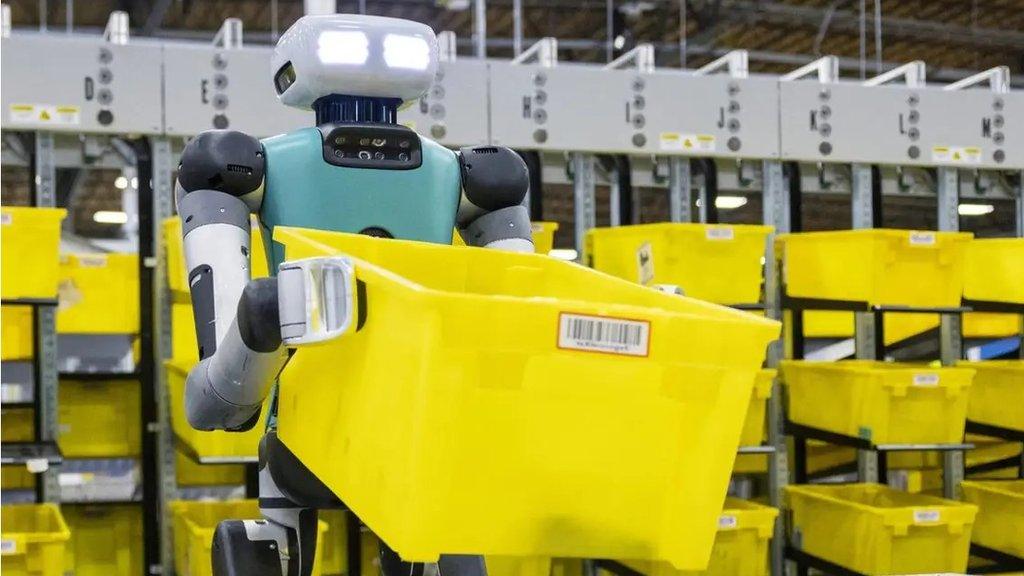How robots should be copying ants
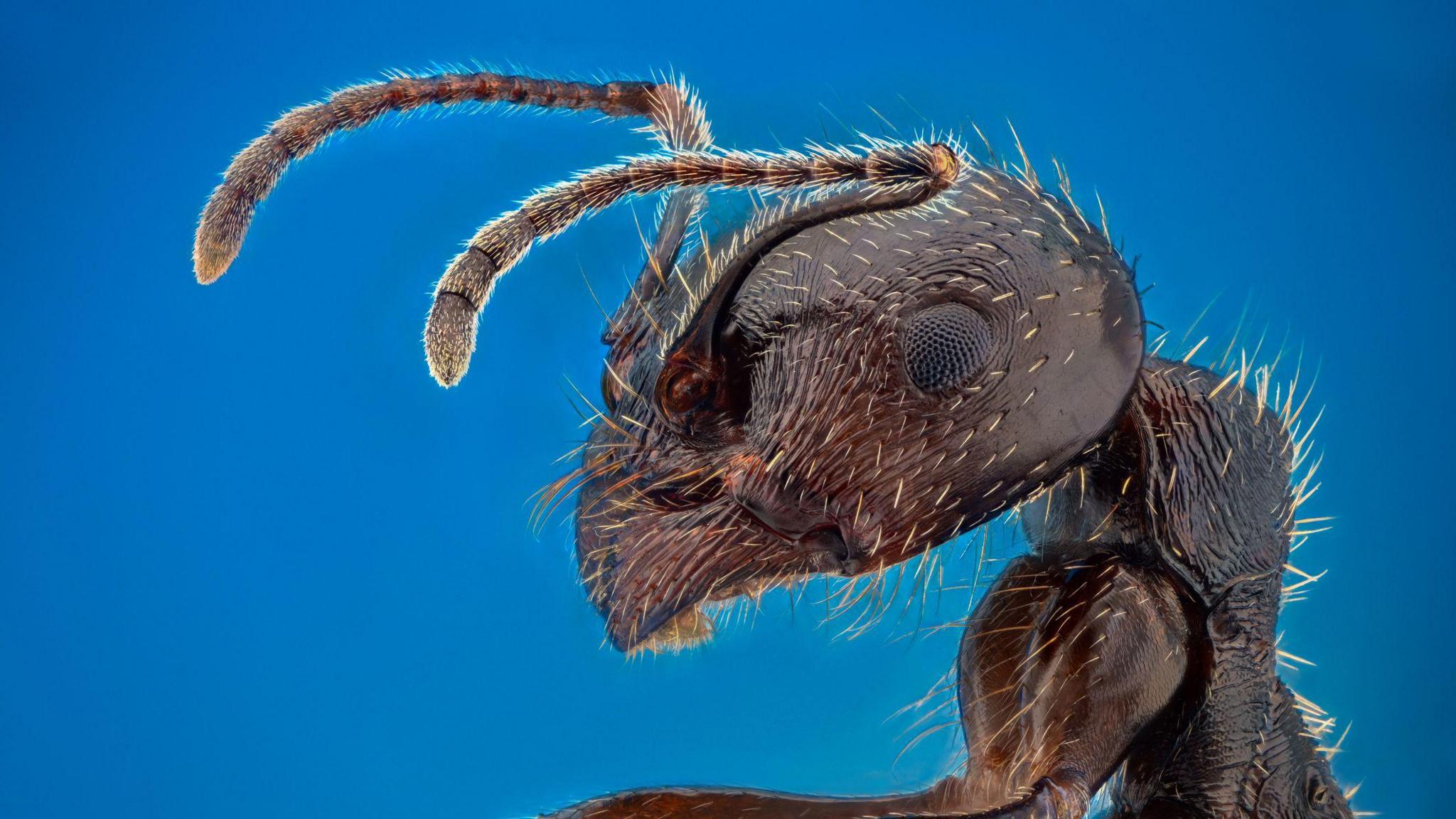
Tiny insects, big lessons
- Published
Ants and robots maybe aren't two things you would usually put together...
But, the tiny insects have taught researchers in Scotland big lessons.
New research shows that copying the actions of an ants' jaws could help improve robots ability to grip.
Researchers at the University of Edinburgh have studied the the movement of ants' hairy mouths and used it to develop a robotic gripper.
This robot dog knows how you're feeling
- Published27 January 2021
Would you want to work in robotics?
- Published11 September 2023
Check out this robot inspired by centipedes
- Published9 May 2023
In the past robots hands have been based on human hands, however using ants as inspiration for a new gripper could lead to big improvements, according to the team.
Based on ants' hairy jaws, the new robot gripper has four rows of "hairs" made of a rubber-like material.
These 'hairs' mean the robot can grip circular objects better.
Researchers believe this will bring improvements to robots handling with very little increase in cost or complexity.
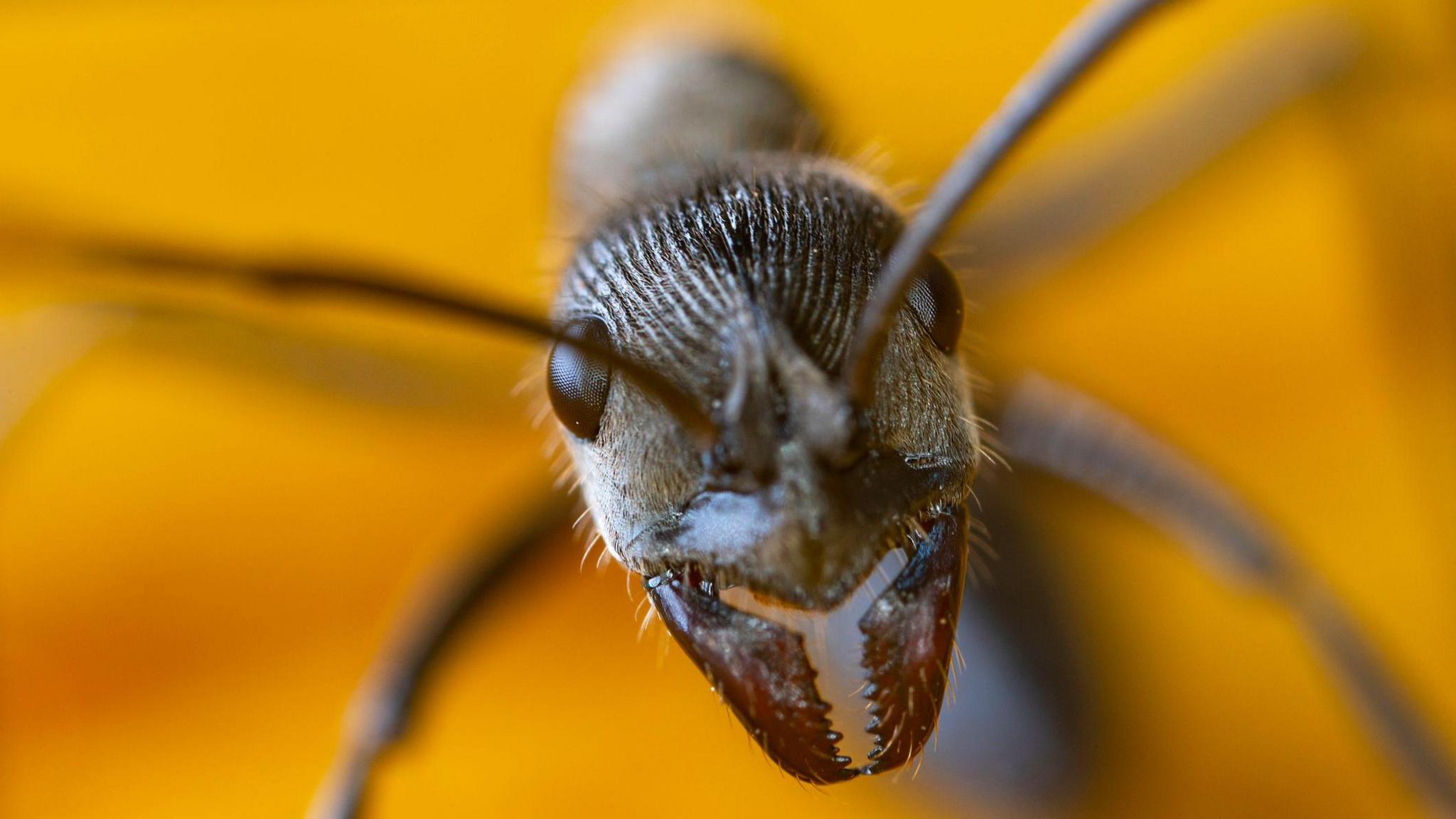
Tiny hairs on ants jaws improve their grip
Researchers have tested the prototype gripper using typical household objects such as cups and jars to measure its success.
They found that the addition of the "hairs" increased the grippers success rate from 64% to 90%.
Professor Barbara Webb of the University of Edinburgh, who led the research, said:"Inspired by the strength and delicacy with which ants move things, (this) is just the first step."
The gripper could be used in things such as construction, home applications, environmental clean-up and more!
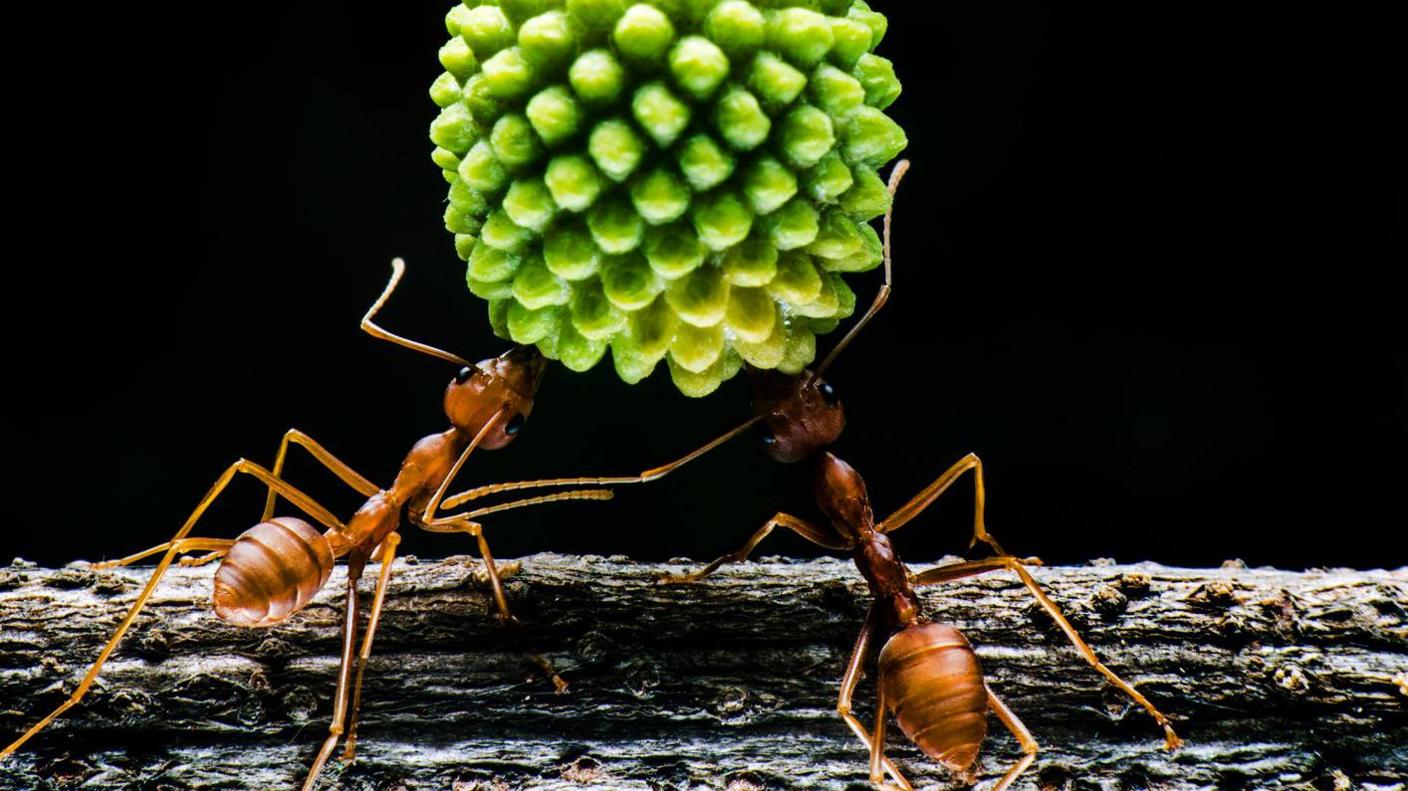
Ants use their antennae, front legs and jaws to move objects
The team filmed ants in high resolution which meant they were able to recreate the sequence of actions they use to pick up objects.
Professor Webb says this is something that "has been little studied in the past".
She says "Now we can see how their antennae, front legs and jaws combine to sense, manipulate, grasp and move objects.
"For instance, we've discovered how much ants rely on their front legs to get objects in position.
This will inform further development of our technology."
- Published12 August 2024
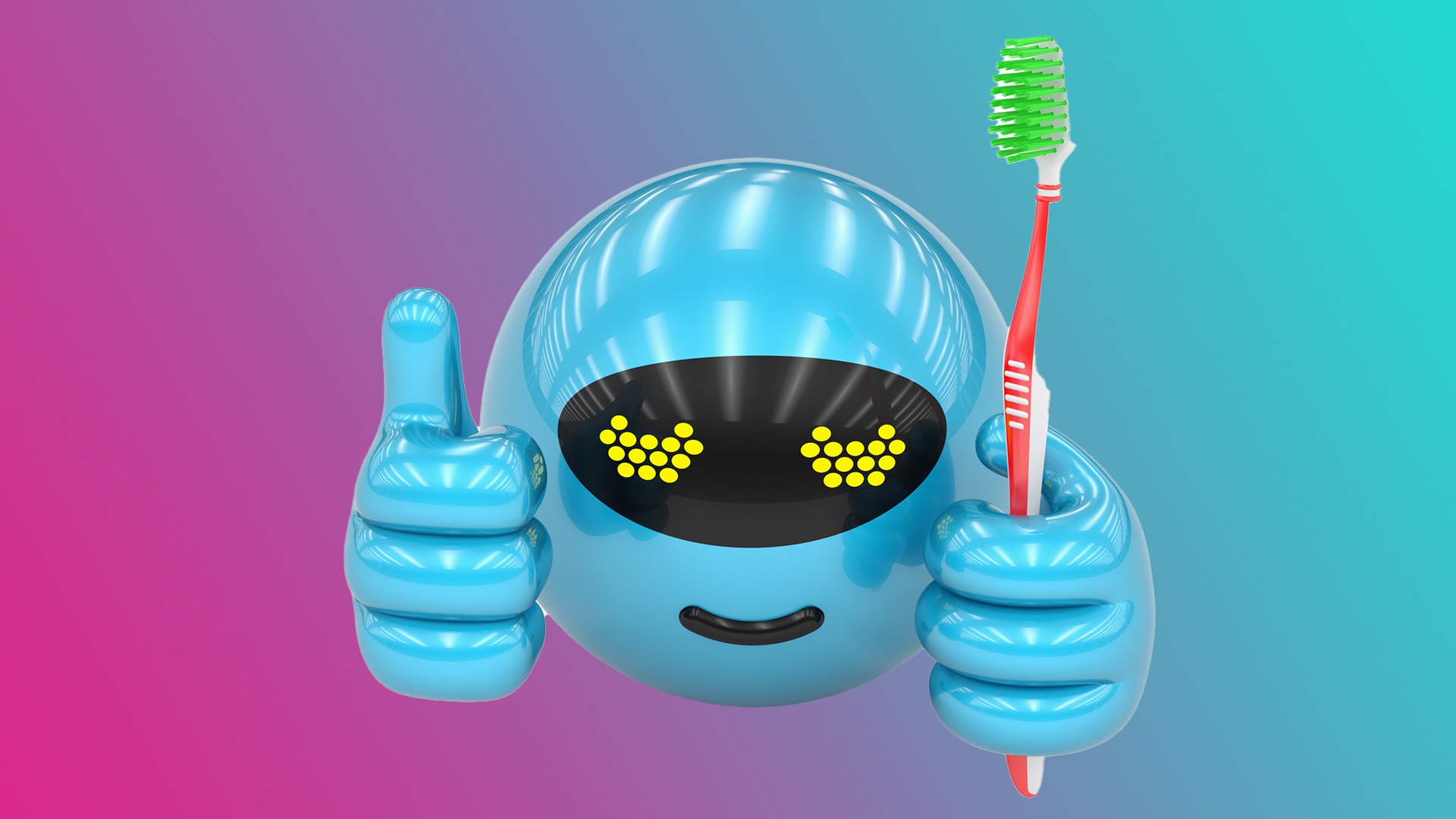
- Published18 October 2024
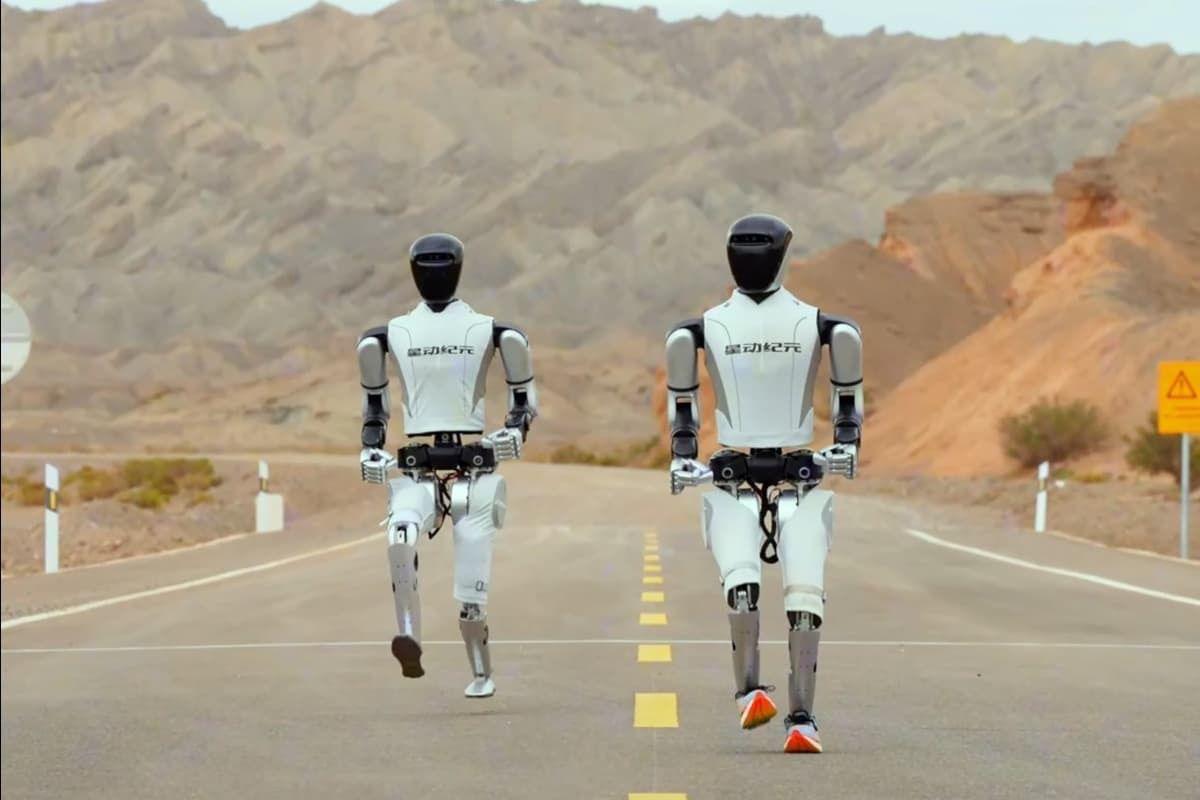
- Published22 October 2023
